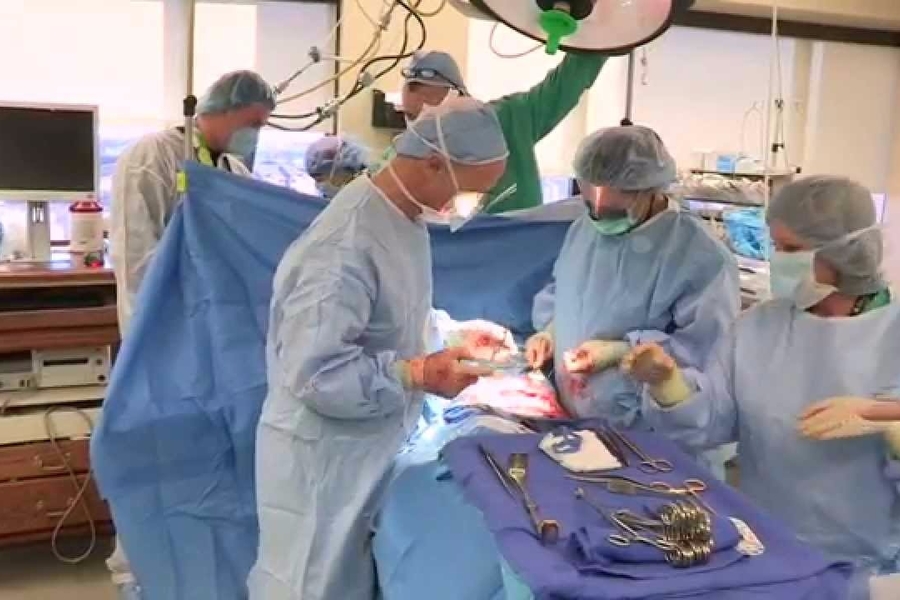
What to expect from your C-Section
5 May 2016 | 4 min Read
Esha Tiwary
Author | 7 Articles
A Caesarian section (C-section) is a major surgery and remains a daunting prospect to most women. After going through mine, I felt that I would have been much calmer and more relaxed had I just known a little bit about the activities leading up to and during the procedure. Having information about what is going to happen goes a long way in getting us mentally prepared, and unfortunately time-strapped doctors are not very forthcoming with this information. So here I’ll summarize the sequence of events as I remember them. This won’t be a comprehensive list (and I am no doctor), but I hope that it helps ease some of your concerns if you have an upcoming procedure or are considering one.
Once you are admitted to the hospital, you will be changed into the (very airy) gown, and will probably have an IV line inserted. Your lower abdominal area will be cleaned for hygiene. The doctor visits you for one final check and confirms the procedure. You are then wheeled into the Operation Theatre (OT).
Things happen really quickly in the OT, which can get a little disconcerting. If you’re taking an epidural, the anaesthetic team will work on you first. The epidural is given into the spine, and thus that area needs to be numbed. So you’re given local anaesthesia via a small needle in your back first, after which the epidural is injected in the back. It takes only a few minutes for it to take effect, after which you don’t feel pain waist-down. You will then be helped to lie down on the OT table, with your arms outstretched on either side for IV lines and such. A curtain is put up on your chest, so you don’t actually see the procedure.
A funny thing (funny only in retrospect – it was sufficiently scary then) is that the epidural doesn’t take away the sensation of touch. So I actually felt the doctor touching my stomach and applying pressure – something that freaked me out enough to scream to the doc “The epidural hasn’t worked! Don’t cut yet!” Hilarious, I know.
Once your baby is taken out, you will probably get a glimpse of the little one, before he/she is whisked away for the initial tests in a warmer within the OT. Depending on the policies of your hospital, your husband gets to witness these initial precious moments. Once you are stitched up, you will be wheeled into the recovery area. Your baby will be cleaned up and placed next to you in the recovery area. Your lower body is still numb at this point (and the rest of you isn’t too sharp either), so the nurses will help with the first breastfeed of the baby. Some closeness with the mother is important in the first hour, so try to discuss this aspect with your doctor beforehand to make sure it will happen.
The epidural wears off in about 2 hours. The last part of this duration was a little troublesome for me as the feeling slowly came back in my legs and I struggled to wait patiently. But more than anything, it was the excitement of meeting my baby and finally holding in my arms that had me impatient. I remember how in the recovery room, I kept straining every few minutes to get a glimpse of my baby in the bed next to me! It was only after I was wheeled back to the room and helped on the bed with my little guy by my side, that I finally began to relax. Now the real journey would begin!
Source for banner image: youtube
A


Suggestions offered by doctors on BabyChakra are of advisory nature i.e., for educational and informational purposes only. Content posted on, created for, or compiled by BabyChakra is not intended or designed to replace your doctor's independent judgment about any symptom, condition, or the appropriateness or risks of a procedure or treatment for a given person.
